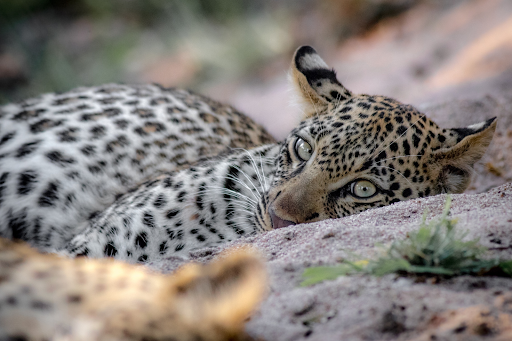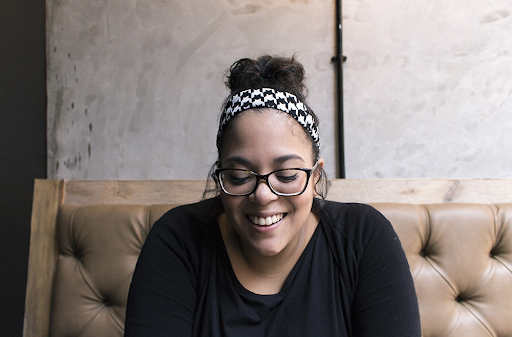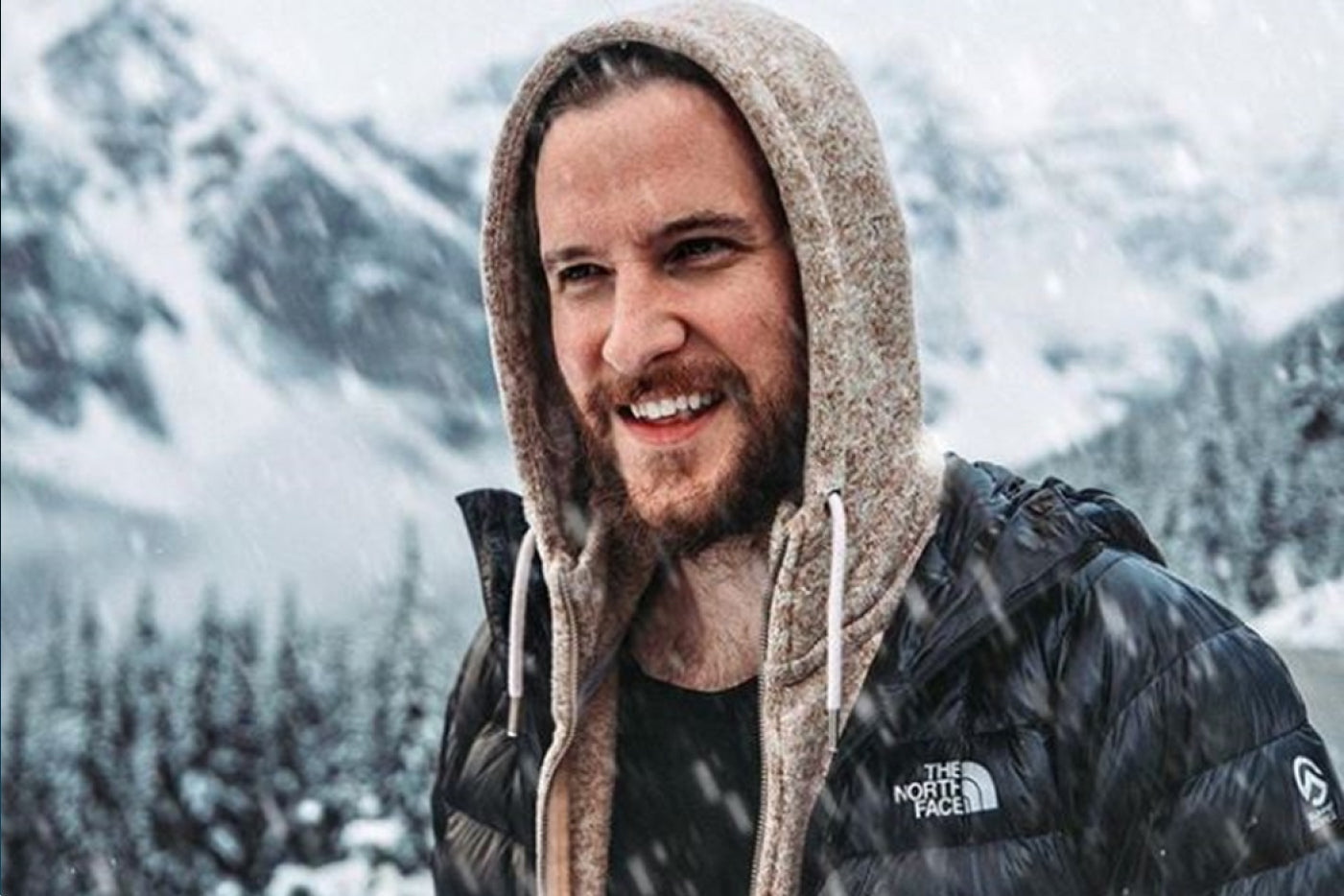Bruce Arnott is a 22 year old wildlife photographer and field guide at the Londolozi Game Reserve. Bruce is extremely passionate about photography and has the ability to capture the raw emotions of wild animals. His photographs are captivating and powerful. Make sure to check him out on Instagram!
The interview:
1. How would you classify your photographic style and who inspires you?
I would classify my style as evocative and expressive. I try to communicate the greater picture through photography. For me, a photograph of a great elephant bull should communicate to people something about the emotional intelligence and presence of such an animal. There are many brilliant wildlife photographers and many incredible images out there. What I am trying to do is capture something different in my photography; something that draws people in. This lies in expressing the emotion, motion or fascinating behaviour of an animal.
2. What is it that draws you to pick up your camera and take a photo?
As a guide, for the first half year I did not take my camera with me into the bush. I simply wanted to observe. I started to bring my camera when I realized the importance of capturing a select few of the unique moments I was witnessing out in the bush. What draws me to take a photograph is firstly to bring awareness. Photographs of wildlife are circulating social media platforms worldwide, bringing awareness to the animals themselves (many of which are endangered) and the conservation efforts surrounding them. Many people do not even know of the threats that many of these animals are facing in our current time! Secondly, I enjoy the feeling of capturing a rare moment and it allows me to express my creativity.

3. What type of gear do you use and do you have any favourites?
I shoot with a Canon camera and use different lenses when focussing on specific areas. The Canon 100-400mm f/4.5-5.6 lens is incredibly useful when photographing wildlife because it gives one enough ‘play’, meaning that one can shoot a landscape, a full body of an animal or even the detail of a leopard’s eye if positioned well. A favourite of mine is the fixed 400mm f/5.6 which is (yes, I know) an older lens but if a dead rest is used it can be pin sharp. If you are positioned correctly the fixed lenses can produce some great results (one increasingly popular wildlife lens is the fixed 300mm f/2.8). Another popular lens for wildlife is the 70-200mm f/2.8. Generally, to get the best results with wildlife photography one has to be positioned correctly in relation to the animal (which is usually moving), have your settings in the ‘correct’ bracket so one only needs to make minor adjustments and then utilize a usually longer lens to capture important details of your animal subject.

4. What accessories would you recommend to take with on a game drive?
A hard plastic padded camera case or padded camera bag is important. The drive will not always be a smooth ride (especially when driving off the road) and if you take your eyes off your camera on the seat next to you for a second it may be flung out of the vehicle or onto the floor of the vehicle and break. A bean bag is essential for a crisp, sharp image. When you reveal your photograph during post production you may see blur where you have not seen it on the back of your camera screen. You may want to bring a selection of lenses for shooting different animals or scenes. You may even look at doing some star photography! A spare memory card is also an important extra to take with you; some drives you may take only two photographs where others you may be taking up to a thousand RAW images (which is about the space in two 16GB memory cards). Lens protectors and a lens hood are also good editions to your kit as you may be shooting in harsh sunlight at times.

5. Which is your favourite photo taken thus far and why?
That is a difficult question. It is almost like asking a guide which animal is his/her favourite. I have a few! The ones which come to mind capture either rarities in the bush like cubs, mating or birth, or an animal’s movement or emotion.
6. What would be your ultimate shot and how would you shoot it?
Again, I have a couple of ideas as to what would be my ideal photograph. An eye level photograph of a leopard walking directly towards me and looking in my direction is up there with the best; a new born elephant calf shortly after birth with its mother standing above it, helping the calf onto its feet; a cheetah at a full hunting sprint chasing an antelope; a silhouette of a leopard suspended in mid air, leaping from one branch of an open tree to another. These are but a few!

7. What is the most challenging part of being a wildlife photographer?
The biggest challenge for me is knowing when to not take a photograph; knowing when to observe through one’s eyes and appreciate the moment rather than through the viewfinder.

8. Do you have any entertaining stories from being a wildlife photographer?
Of course! Last week I was lying in the sand a couple of metres away from a python as long as the road was wide, just to get an eye level shot of that incredible reptile! For the other stories you will have to sit with be over a beer sometime!

- Londolozi Game Reserve website: https://www.londolozi.com/en/
- Londolozi Instagram page: https://www.instagram.com/londolozi/
- Bruce Arnott's Instagram page: https://www.instagram.com/brucearnott/



